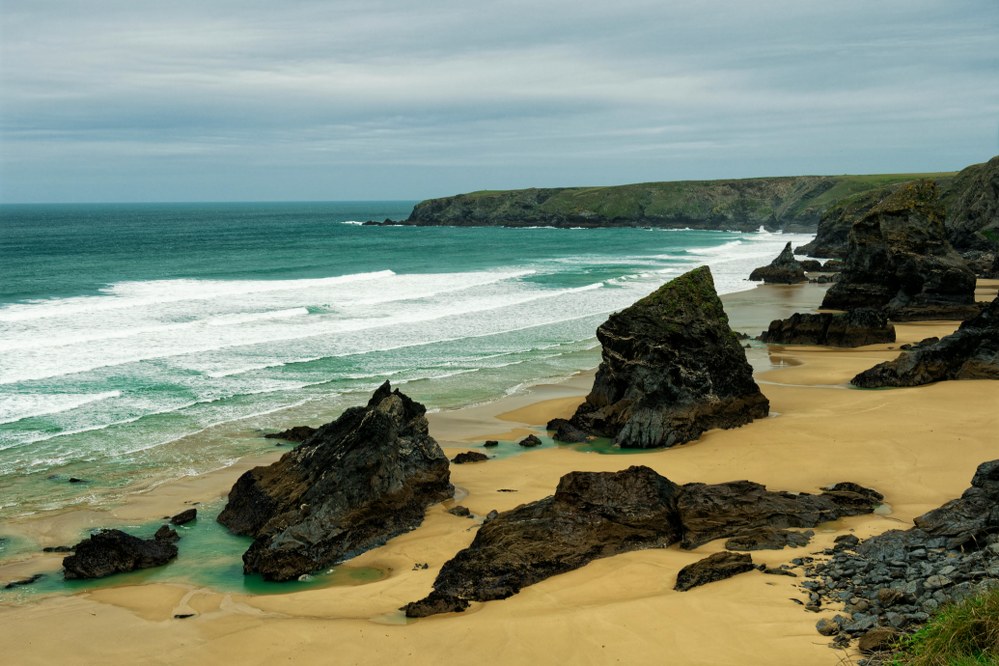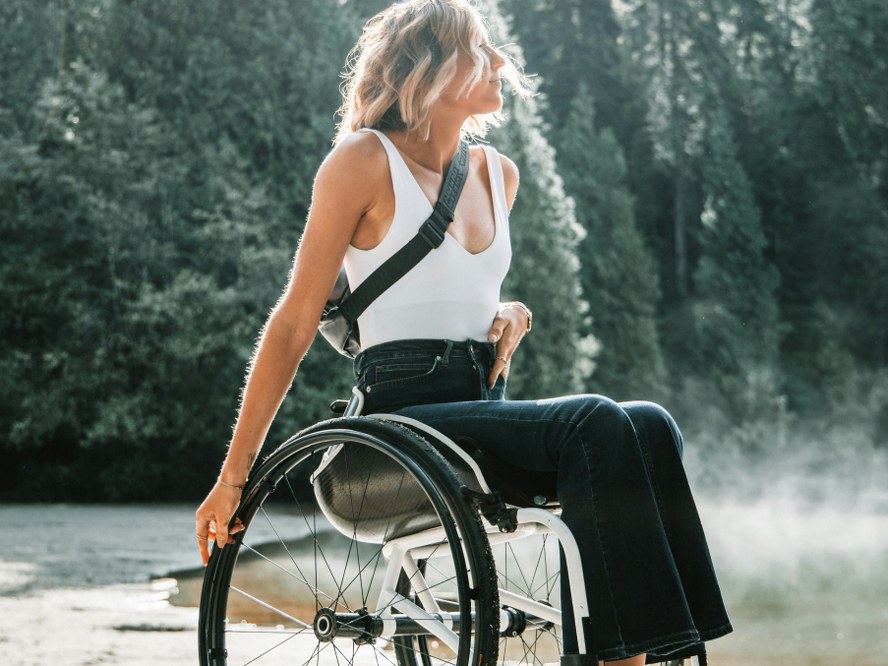Discover the land down under with your family and we promise you an adventure filled with breathtaking landscapes, vibrant cities, and unique wildlife. A diverse country like no other, Australia will be a family holiday to remember. So without further ado, here are our top tips for travelling Australia with children.
Travel Preparation
1. Research and Planning
Researching destinations, accommodation, and transportation options forms the backbone of any successful family holiday. Knowing where to stay, what to see, and how to get there in good time for your trip reduces stress levels and will help give you peace of mind.
Resources, such as travel guides, websites, and apps are invaluable when planning a family holidays, whether that is a solo parent holiday or a family holiday. This is especially important when travelling to Australia with kids, because the wide expanses of the country can be overwhelming to navigate. There are stretches of road that can take days to traverse, with gas stations and hotels few and far in between. While you may get by as a solo traveller, going unprepared with kids may result in frustration (and more than a few new white hairs).
When it comes to getting around, hiring a campervan is a great way to discover Australia with kids. It’s a convenient, budget friendly, and flexible way to travel. You could even explore Tasmania on private campervans, which will allow you to embrace the island’s stunning scenery while enjoying the comfort of your own mobile accommodation, giving you the freedom to travel at your own pace without the stress of hotel bookings or rigid itineraries.
Travel guides provide in-depth insights into local attractions, culture, and logistics. Websites such as TripAdvisor or Lonely Planet offer reviews and recommendations from other travellers. Apps, such as Google Maps and Rome2rio assist in navigation and route planning. Our suggestion for travelling to Australia with kids: Pick a coast and stick to it. Yes, go and see the Sydney Opera House, but don’t think that it will be easy to go and visit The Perth Mint anytime soon after that. You can also check out some of our other blog posts on Australia for some great travel tips!
2. Travel Documents
First things first: Get your travel documents in order before departure. Ensure all family members have valid passports and necessary visas. If you are travelling to Australia from the UK, check the entry requirements for Australia for Brits. At present, you will need either an eVisitor visa or an Electronica Travel Authority (ETA).
3. Insurance
Comprehensive travel insurance covering medical emergencies, trip cancellations, and lost luggage, is essential especially when you are travelling to Australia with kids where one of you falling sick before or during your family holiday could mean that you incur considerable costs for cancelling your trip or your flight back home. Make copies of important documents, such as passports, visas, and insurance policies, storing them separately from the originals. Digital copies stored securely in cloud storage can also be useful in the event of a worst case scenario where your documents and backups are inaccessible.
4. Packing Essentials
Packing for a family holiday can be challenging. A well-organised pre-travel holiday checklist helps ensure nothing is forgotten. Key items include:
- Clothing: Pack weather-appropriate clothing – shorts and t-shirts are a good choice for summer, while layers will do in winter. A wide-brim hat, good quality sun glasses, and UV clothes are always a good idea, given Australia’s intense sunshine and UV conditions.
- Medication: Bring prescribed medication and any essential meds, as well as a basic first-aid kit.
- Entertainment: Books, tablets, and travel games keep children occupied during on longer flights and drives.
- Snacks: Travel-friendly snacks such as granola bars, nuts, and dried fruits are convenient for your long flight, will keep and not melt and the sun. Most importantly, they will prevent hunger-related meltdowns.
- Toiletries: Pack travel-sized toiletries, nappies, and wipes to last for the journey and the first few days, until you get a chance to go shopping.
- Miscellaneous: Don’t forget chargers for electronic devices, adapters, reusable water bottles, and a sturdy travel bag.
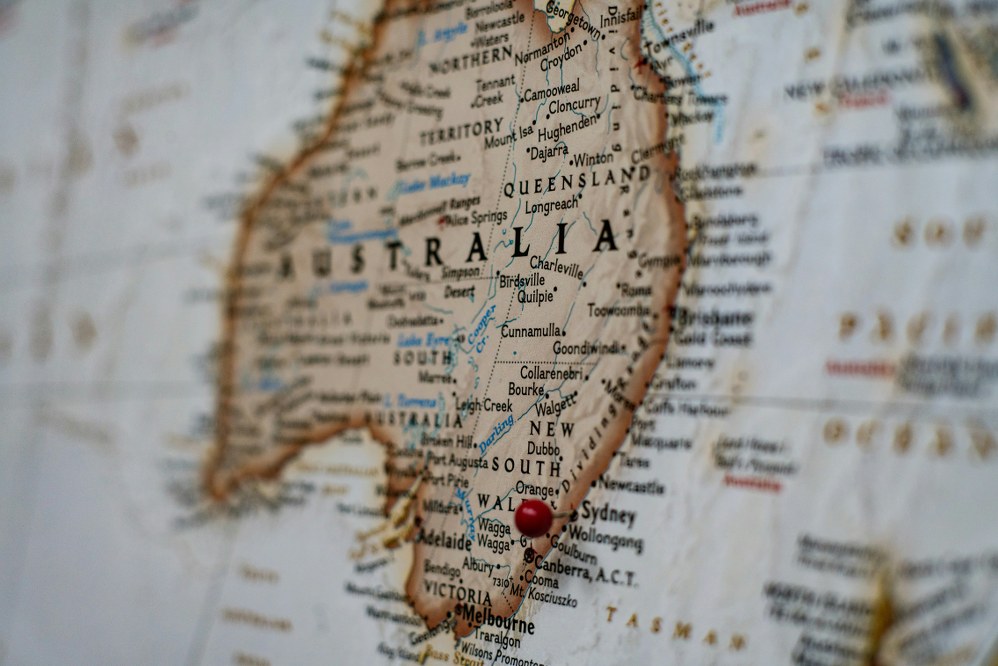
Family Holiday Destinations in Australia
1. Sydney
Sydney is brimming with family-friendly attractions. Your kids will love Taronga Zoo, with its amazing range of animals and stunning views of its harbour. Sydney Aquarium on the other hand, is a great place for marine lovers and includes an exciting walk-through tunnel where you can get a close up view of sharks and rays. Another place worth visiting is the Sydney Opera House, with its iconic architecture, which, unbeknown to many, also hosts family-orientated performances. If you take the ferry to Manly beach, you can get an excellent photo shot of the iconic sight from across the water. The beach is spectacular too, as is Bondi beach, and both are quite safe for swimming with kids. Pro tip: find the gentler areas of the surf if your kids aren’t yet very confident swimmers, such as in the North Bondi end of Bondi Beach.
2. Gold Coast
The Gold Coast is famous for its theme parks, if that’s your thing, and, of course, some amazing beaches. Dreamworld and SeaWorld provide thrilling rides and animal encounters whilst beautiful beaches like Surfers Paradise offer soft sands and gentle waves – perfect for families. If you prefer being active, then nature a reserve like Lamington National Park presents plenty of choice if you fancy going on a family hike or spotting some native wildlife.
3. Melbourne
Melbourne’s attractions cater to all ages. Interactive museums like Scienceworks engage children with hands-on exhibits. The Melbourne Zoo features diverse species and educational programs. Federation Square often hosts family-friendly activities, including outdoor movies and art installations. The city’s vibrant street art and numerous parks add to Melbourne’s appeal.
4. Cairns and the Great Barrier Reef
Cairns is the name of a city as well as the tropical region on the north east coast of Queensland. From here, you have easy access to the Great Barrier Reef and the Daintree Rainforest, both must-visit destinations when travelling to Australia with kids! Imagine snorkelling in clear waters snorkelling and admiring the colourful coral and marine life up close? The largest coral reef in the world is a paradise for divers and snorkellers. Just beware that there is poorer visibility from November to May and that you need to consider the presence of jellyfish in some areas.
A guided tour through the lush landscapes of the Daintree rainforest, which extends all the way to the Great Barrier Reef is another experience not to be missed. There are also wildlife parks here like Hartley’s Crocodile Adventures, which provides educational encounters with native animals.
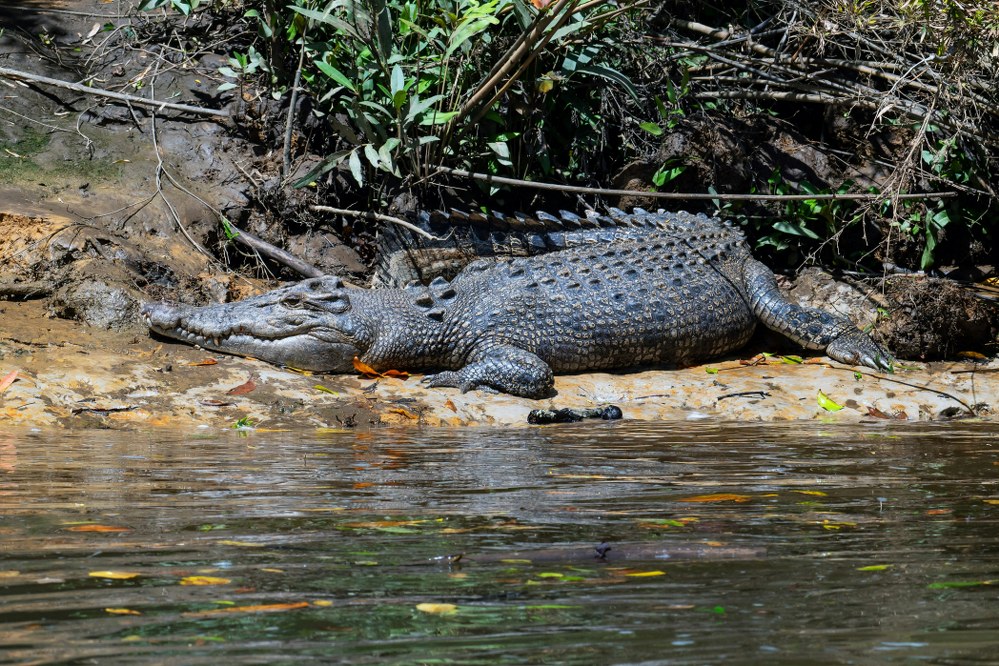
Budget-Friendly Activities in Australia
Nature Walks and Hikes
Australia’s national parks offer accessible and scenic trails for all abilities. The Blue Mountains, for example, feature stunning views and trails suitable for families whilst the Grampians in Victoria present opportunities for hiking and wildlife watching. The Daintree Rainforest in Queensland, on the other hand, offers boardwalks through ancient forests, an exciting experience for little explorers.
Public Beaches
Australia boasts many must-see beaches that are free to access. Bondi Beach in Sydney and Surfers Paradise on the Gold Coast are just two examples. Choose a patrolled beach and bring all the necessary items, such as sunscreen, hats, and water, to ensure everyone’s safety.
Museums and Cultural Sites
Many museums and cultural sites offer free or low-cost entry. The Australian Museum in Sydney and the Melbourne Museum also provide interactive exhibits. The National Gallery of Victoria offers free entry and family-friendly programmes, making them excellent educational places to visit with children.
Local Markets and Festivals
Local markets are great for affordable food and souvenirs. Markets like the Queen Victoria Market in Melbourne offer fresh produce and unique items. Family-friendly festivals and events, often free, showcase local culture and entertainment.
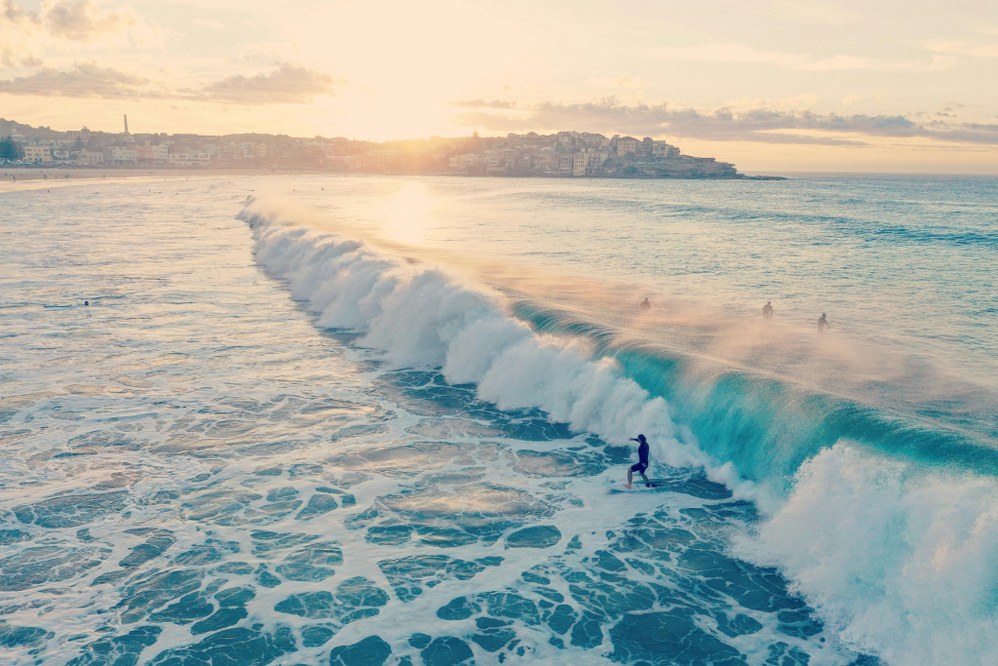
Safety Considerations When Travelling to Australia with Kids
1. Sun Protection
Australia’s sun can be harsh. Protect your family with broad-spectrum sunscreen, hats, sunglasses, and protective clothing. Reapply sunscreen regularly, especially after swimming or sweating. Seek shade during the peak sun hours between 10 AM and 4 PM.
2. Wildlife Awareness
The breadth and variety of animal life in Australia cannot be overstated – from some of the world’s best Moodle breeders to unique and exotic wildlife, if you can think of an animal, you’re likely to find it down under.
Needless to say, it’s important to have respect for the wild nature of many of Australia’s local animals. Teach children to observe animals from a safe distance. Familiarise yourself with common local animals and know what to do in case of encounters, such as snake bites or jellyfish stings. Many parks provide information on local wildlife and safety measures.
3. Health and Emergency Services
Knowing how to access healthcare services is crucial. Familiarise yourself with local emergency numbers and the locations of nearby hospitals or clinics. Travel insurance should cover not just medical expenses, but also missed flights, repatriation, and more. Carry a basic first-aid kit and any prescription medications as you may have to cover some distance before reaching the nearest doctor or hospital. Stay hydrated and be prepared for common travel illnesses like motion sickness or upset stomachs, since children can be more sensitive to new food.
4. Child Safety
In crowded places, child safety is paramount. Use identification bracelets with contact information. Establish meeting points in case you get separated. Teach children to stay close and not to wander off. Use strollers or carriers for younger children to keep them safe and comfortable.

Making the Most of Your Travel Experience
Flexibility and Patience
Holidays with children requires flexibility and patience but travelling to Australia with little ones in tow all the more. After all, you need to figure out how to survive a long haul flight with kids. Accept that plans might change due to unexpected events or needs. A relaxed attitude helps everyone enjoy the trip more.
Engaging Activities
Involve children in planning activities to keep them excited. Let them suggest some of the activities in your itinerary, and be sure to include some of them even if a trip to a theme park or wildlife park is more to their liking than yours. This involvement makes them more interested, excited, and cooperative during the trip.
Capturing Memories
Documenting your family holiday creates lasting memories. Encourage your children to keep a travel journal, where they can draw or write about their unique experiences. Help them take photos and create a family scrapbook together when you all return home. This not only preserves memories but also serves as a fun activity for the whole family.
Conclusion
Travelling to Australia with kids will be the most rewarding family holiday imaginable, but a little preparation is necessary to keep the family safe and entertained. We hope our top tips for your family in the land down under will help you prepare this once-in-a-lifetime adventure. Whatever happens, embrace the adventure and create lasting memories in the beautiful and diverse landscape of Australia.

Frequently Asked Questions (FAQs) about Travelling to Australia with Kids
1. What is the best time of year to visit Australia with kids?
Australia’s climate varies, so the best time to visit depends on your destination. Summer (December to February) is ideal for beach vacations but can be hot. Spring (September to November) and autumn (March to May) offer milder weather and fewer tourists, making them a great choice for family holidays.
2. How can I save some money?
Consider budget-friendly accommodations such as family-friendly hostels, vacation rentals, and camping sites. Look for deals and discounts on travel websites. Sydney may be the most common point of entry, but you should be able to save money by landing in Perth or Melbourne instead. Flight packages from Qantas are also worth a look for deals that cover most of what you’ll need, including airfare, hotels and car hire. Many attractions offer family passes or discounted rates for children. Plan some free or low-cost activities like beach outings, nature walks, or visiting markets.
3. What are must-have items for travelling around Australia?
Pack your camera, portable snacks, travel games, first-aid supplies, and comfortable clothing. Bring sunscreen, hats, and reusable water bottles for sun protection and hydration. A stroller or carrier for younger children is also useful.
4. Are there any specific health precautions I should take when travelling to Australia with kids?
Protect your family against the sun with sunscreen and hats. There are many things you can do to avoid sunburn on holiday, such as staying hydrated, especially in hot weather. Be prepared for common travel illnesses and know where to find medical help if needed.
Ensure everyone’s vaccinations are up to date and find out which additional jabs you or your children might need for your family holiday. Some of the recommended vaccines before travelling to Australia with children include Hepatitis A and B, TDAP (Tetanus, Diphtheria & Pertussis), Measles Mumps Rubella (MMR), Influenza, and COVID-19. Northern Queensland has outbreaks of Dengue Fever from January to April, so take that into consideration if visiting with children during that season. Japanese Encephalitis is a risk in more rural areas, and it only takes one mosquito bite to contract the disease.
Encounters with animals that are endemic to Australia are a risk you take if you’ll be visiting national parks – most normal precautions should be taken, but it’s also a good idea to read the NHS guide for how to deal with snake bites, so you know what to do in an emergency.
5. What transportation options are best for getting around with a family?
Car rentals provide flexibility, but long drives require careful planning. If you don’t mind driving for long stretches, check out these amazing destinations for a road trip in Australia. In cities, such as Sydney and Melbourne, public transport is perfectly reliable and convenient, so a car is not needed here. And for longer distances, domestic flights are the most efficient mode of travel. Best of all, they are surprisingly affordable in Australia.


